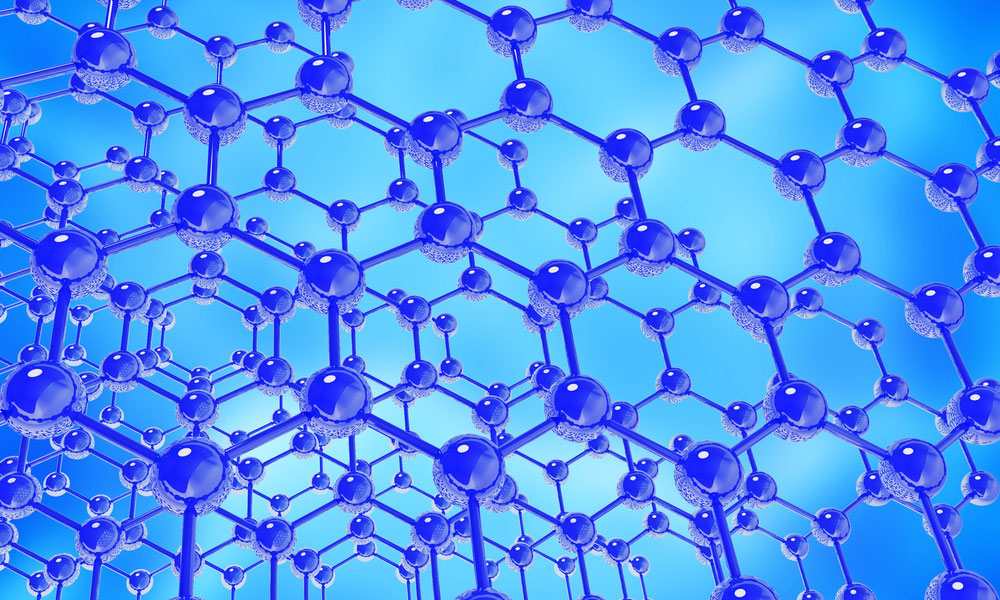
Veeco has announced that CrayoNano AS, a Norwegian start-up focusing on UV-C LEDs, has ordered the Propel Power GaN MOCVD System.
CrayoNano will use the system to grow semiconductor nanowires on graphene for water disinfection, air purification, food processing and life science applications.
UV-C LEDs are free of harmful mercury compared to typically 20-200 milligrams of mercury found in traditional UV lamps used in these applications. They also require minimal energy to operate and have longer life cycles compared to other purification and disinfection lighting methods.
The value of the global market for UV-C LEDs used in sterilization and purification equipment is growing at a CAGR of 56 percent from US$28 million in 2016 to $257 million in 2021, according to the 2016~2021 UV LED and IR LED Application Market Report by LEDinside, a division of TrendForce.
“We see enormous opportunity in our focused markets and we need superior MOCVD technology to accomplish our goals,” said Morten Froseth, CEO, CrayoNano. “Veeco’s Propel system offers us the unique opportunity to scale to 200 mm graphene wafer sizes while maintaining superior uniformity, low manufacturing costs and long run campaigns.”
The Propel Power GaN MOCVD system is capable of processing single 200 mm wafers or smaller (e.g., two-inch) in batch mode. The system is based on Veeco’s TurboDisc technology including the IsoFlange and SymmHeat technologies, which provide homogeneous laminar flow and uniform temperature profile across each wafer, up to 200 mm in size, according to the company.
“The Propel Power GaN system is the best choice to deposit advanced GaN-based structures, including complex semiconductor nanowires on graphene substrates with strict process demands,” said Peo Hansson, Veeco’s senior VP, general manager, MOCVD. “Our Propel system offers industry leading uniformity and process cycle time, therefore providing superior productivity compared to other technologies. As a leading global supplier of MOCVD systems, we look forward to supporting CrayoNano and their research activities.”
